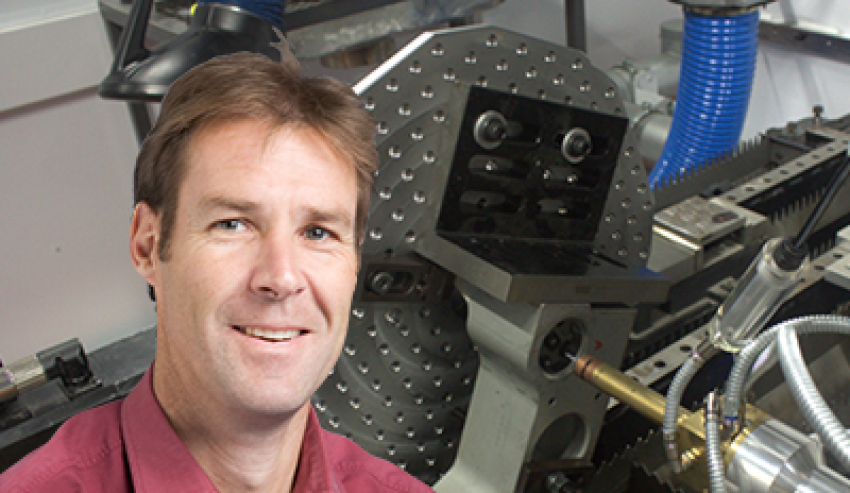The Defence Science and Technology (DST) Group is working with international partners to explore the use of additive manufacturing for the repair and strengthening of military components.
To continue reading the rest of this article, please log in.
Create free account to get unlimited news articles and more!
So far, DST Group, RMIT and other industry partners have developed laser-based additive manufacturing repairs which DST Group said can fix various faults.
According to defence researcher Kevin Walker, the work will be more cost-efficient for defence.
"Repairing existing parts (as opposed to manufacturing new parts) is often a more cost-effective and efficient way of keeping military aircraft in the air," said Mr Walker.
"In conjunction with RMIT and industry partners, we have developed laser-based additive manufacturing repairs that can remediate faults such as corrosion, wear and fatigue cracking.
"In some cases we can even improve the properties of the part to be even better than the original."
As part of The Technical Co-operation Program with the USA, UK, Canada and New Zealand, DST Group is working with international partners to explore the possibility of having additive machines for both repair and manufacturing, located at military operating bases.
The work is currently focused around quantifying the variability in properties which occurs in additive manufacturing. DST Group said this is seen as an important question to address for certification in aerospace applications in particular, but is important for all applications.
Mr Walker said the work could result in quickening the process of repairs and maintenance for defence platforms.
"The US Navy is already installing additive manufacturing capability on ships so we have a lot of common interest in this field," said Walker.
"The ability for parts to be repaired on an operating base will simplify the logistics of operations and further increase the speed at which Defence platforms can return to service."
DST Group said that this would mean a maintainer of a Defence platform operating overseas could upload a Computer Aided Design file and print the part when required.
This would ultimately reduce the supply chain timeline and nullify the need for large warehouses full of spare parts, resulting in increased warfighting readiness at a reduced cost. Additive manufacturing also offers the prospect of manufacturing parts of similar strength but significantly reduced weight due to the ability to print complex geometry.
Although Walker admits that the manufacturing and full-structural repair of critical parts may still be five to 10 years away, his team is contributing to world-wide efforts such as the Technical Co-operation Program to achieve that. This work builds on the achievements already made around geometric restoration (non-structural) repairs and the manufacture of secondary and tertiary parts.

 Login
Login







